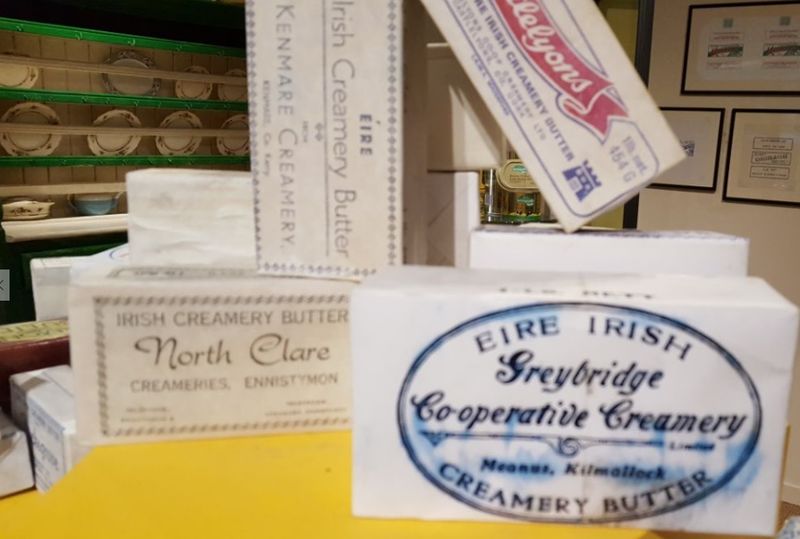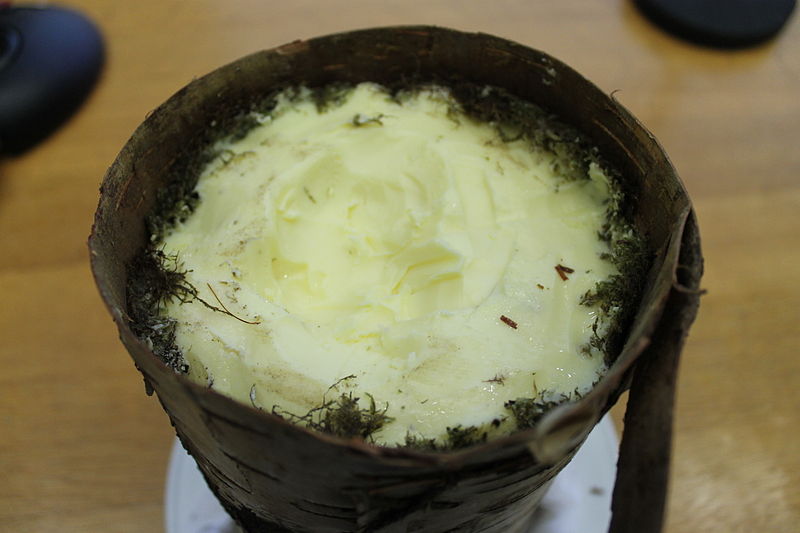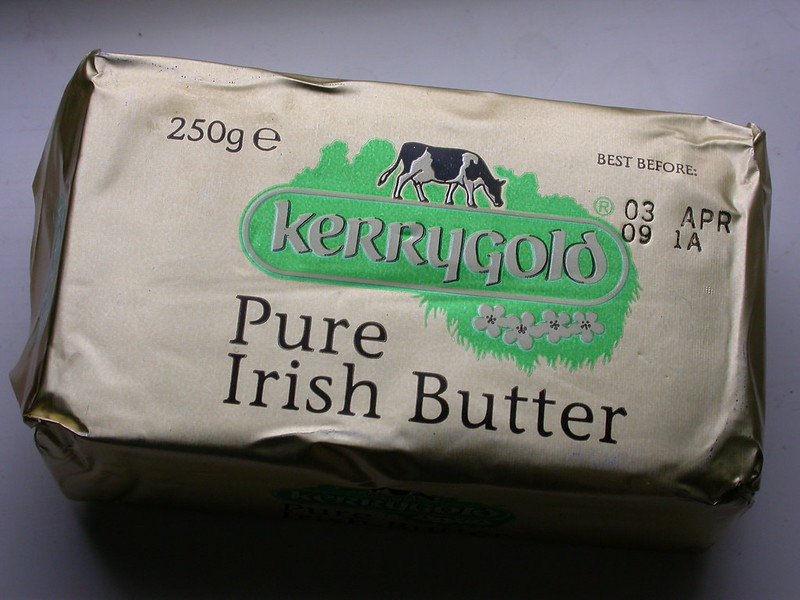The Cork Butter Museum is located in the Shandon section of Cork, the historic market center of the city. It is beside the entrance to the old Cork Butter Exchange and one of the best places to see in the city.
Butter is one of Ireland’s top food export and known as a staple in the Gaelic diet even centuries ago. Here’s what you need to know about this popular butter museum.
Cork Butter Museum: History And All You Need To Know
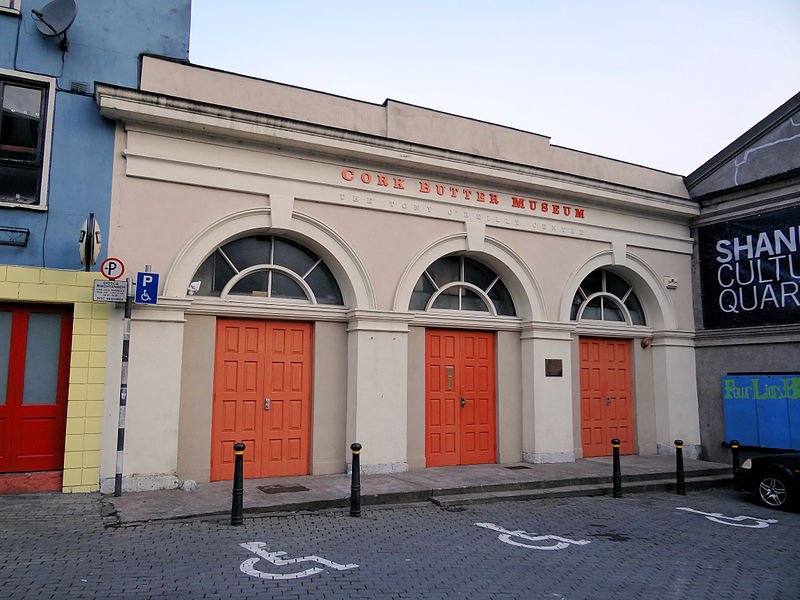
RELATED READ:
- Cork Travel Guide: Best Places To Stay, Eat And See (For 2023)
- Where To Stay In Cork
- Glamping In Cork: 8 Best Glamping Sites In Cork
- 15 Best Pubs In Cork To Try
One of the most important domestic industries in Ireland is dairy farming. The export market for Irish butter began to flourish in the 1700s, which paved the way for the establishment of the Cork Butter Exchange in 1789.
This exchange was created to regulate the thriving butter business out of Cork port. Ireland’s butter export has been steadily increasing since the 1600s, but it grew significantly during the 18th-century economic boom.
Dairy produce forms a huge portion of the Gaelic diet, and that contributed to the growing butter industry. There were records that talked of people consuming and producing a variety of sweet, sour, thin and thick drinks from milk.
There were talks about salted and unsalted butter, along with cheeses, as a staple food. Visitors to Ireland even then described the Irish as the greatest lover of dairy they ever saw.
This didn’t change over the 18th century when dairy farming became increasingly prevalent in Munster. The primary dairy product that was being exported was butter. Butter was moved to Cork in 56 lb barrels called firkins.
The transport of butter out of Cork was overseen by the Committee of Merchants that runs the Butter Exchange. This is to ensure that the butter is shipped out has been publicly inspected, graded and branded.
Fines are imposed on those who wouldn’t comply, as well as possible expulsion from the trade. The Cork merchants were actually the first ever to grade food before selling it.
These efforts made certain that Cork butter was the first global brand of Ireland. The Exchange soon conquered the butter trade in the West Indies and Brazil, as well as Britain and Australia.
In 1879, a mechanical milk separator was developed which sadly, also spelled the end for the Cork Butter Exchange. The British market soon preferred the more consistent Danish Creamery products than the variable hand made butter from Ireland.
Another problem that became significantly harder to deal with was the seasonality of Irish supplies. The Cork Butter Exchange continued until the 20th century.
However, developments in the industry and the continued fall-off in exports to top markets took over. The Cork Butter Exchange finally closed in 1924.
Today, the Cork Butter Museum stands next to the entrance of the former Exchange. It is where visitors can learn more about the history of Ireland’s dairy industry. The traditional craft of homemade butter and the success of the Kerrygold brand is also featured.
The museum was opened in 1997 and has been helping keep the heritage of the country’s dairy industry alive. It is a unique place dedicated to a delightful food staple.
The displays and exhibits also effectively show the significance of butter to the economic development of rural Ireland.
RELATED READ:
- Cork City Gaol: History And All The Things You Need To Know
- 14 Best Day Trips From Cork City (Cost, Transport and Tips For 2023)
- The Most Beautiful Towns In Cork To Visit
- Dublin To Cork: How To Travel To Cork From Dublin
Visitors Information for Cork Butter Museum
Admission Fee
Full €4.00
Seniors/Students €3.00
Children €1.50
Free for under 12
Operation Hours
January to February – Saturday and Sunday only between 11:00 am to 3:00 pm.
March to October – Monday – Saturday between 10:00 am – 4:00 pm
Sundays & Bank Holidays 11:00 am – 4:00 pm
Contact Information
Address: O’Connell Square, Shandon, Cork, Ireland
Phone: +353 21 430 0600
Email: info[at]thebuttermuseum[dot]com
Cork Butter Museum Tour
If you are looking for the Cork Museum Tour, below is our recommended self-guided tour.
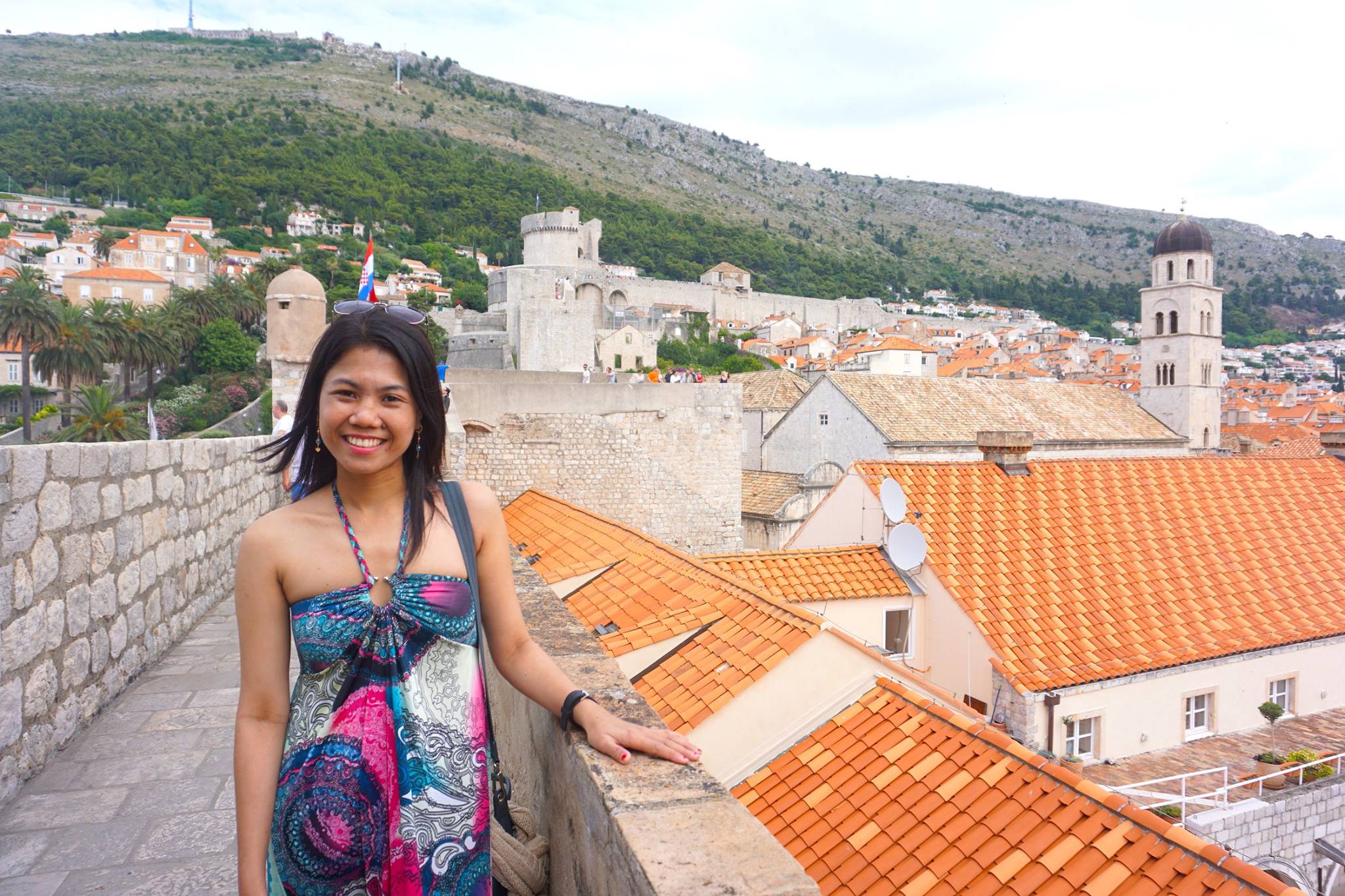
Hi, I’m Christine – a full-time traveler and career woman. Although I’m from the Philippines, my location independent career took me to over 60 countries for the past 12 years. I also lived in 4 continents – from the Caribbean, South East Asia, Africa and now in Europe. But despite living in several countries, my love for Ireland remains the same. A country that had been a part of my life since I was 14 because of my love for Irish music and bands. Ireland Travel Guides was born because of this passion and hopefully, in some little ways, this website will be able to help you on your next trip to Ireland.
